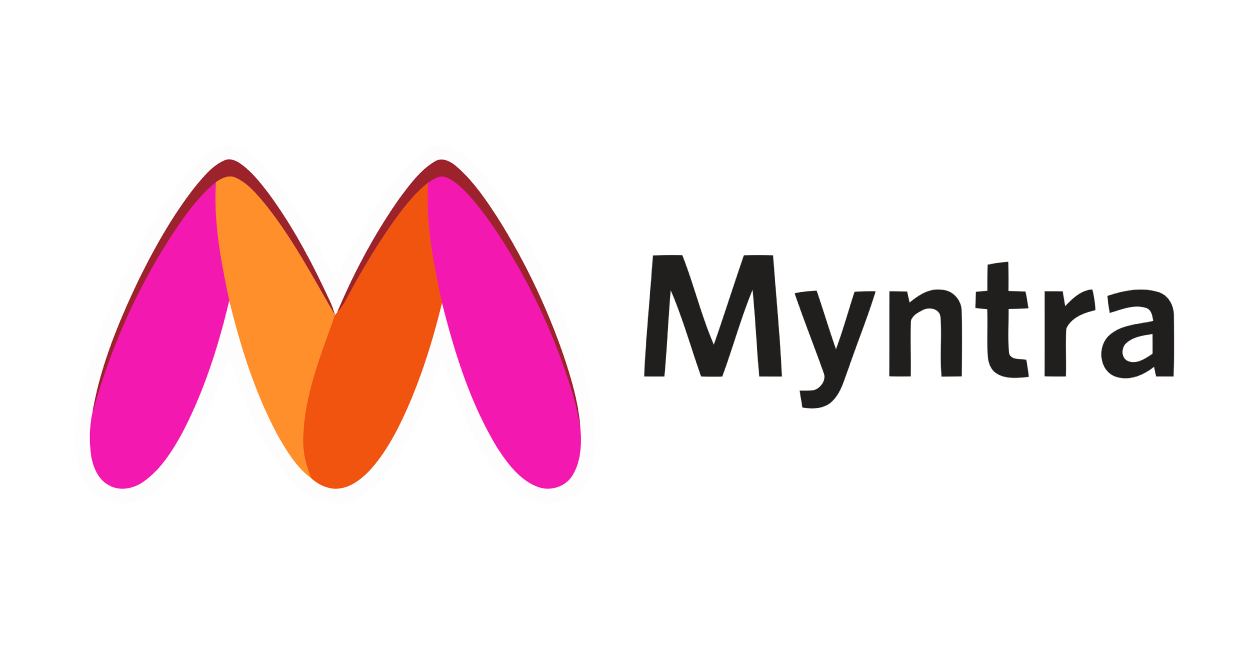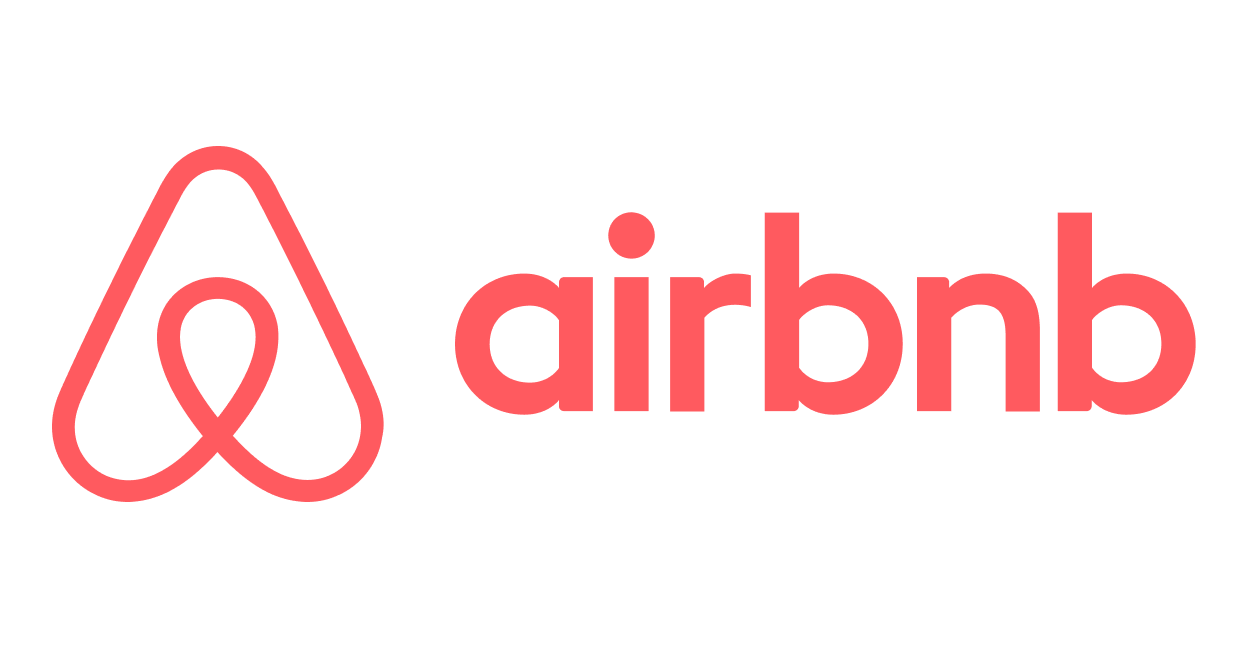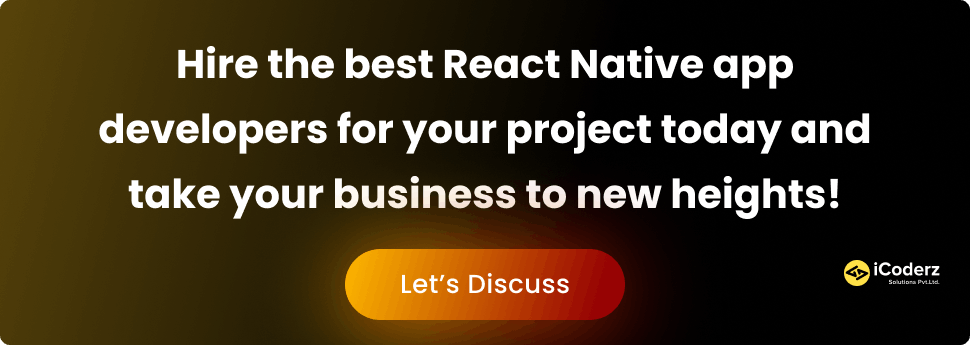Table of Contents
In Mobile App Development, React Native is one of the most popular platforms. It has recently been used to build some of the most successful apps, including Facebook and Instagram. In this article, we will take a look at some of the 10 Examples of Successful Companies Using React Native, as well as provide a comprehensive guide on how you can use it to create your amazing app.
React Native is a cross-platform mobile app development framework created by Facebook. It allows developers to create native apps for both Android and iOS using React, a JavaScript library for building user interfaces.
React Native was originally designed for web development tools like the React JavaScript library. However, it can also be used with native code libraries such as Objective-C and Java. This makes it possible to create truly native apps that are indistinguishable from apps built using the traditional approach.
Finally, React Native provides excellent support for hot reloading. This means that changes to the code will be reflected immediately in the app without rebuilding it from scratch each time. This has the potential to accelerate the development timeline significantly.
What is React Native?
React Native is a framework based on JavaScript used to create mobile applications native to the platform. It uses the React framework and offers a responsive design that makes building apps that look great on any device easy.
React Native is a great choice for building cross-platform apps, allowing you to use a single codebase for Android and iOS devices. Plus, with React Native, you can easily create truly native apps which are indistinguishable from an app built using the traditional Java or Objective-C approach.
10 Examples of Companies Using React Native
Using JavaScript and React, React Native is a widely used framework for developing mobile applications native to the platform. With React Native, developers can write mobile apps for iOS and Android platforms using a single codebase. This saves time and makes it easy to maintain the code.

Facebook Ads Manager is a mobile app that allows advertisers to manage their Facebook ad campaigns on the go. The app offers comprehensive features, including the ability to create and edit ads, target specific audiences, and track performance metrics. With the help of React Native, the app is optimized for both iOS and Android platforms, making it a convenient tool for businesses to manage their social media advertising.
2. Instagram

Instagram is a popular social media app that allows users to share photos and videos with their followers. The app was rebuilt using React Native in 2016, providing a seamless user experience across iOS and Android platforms. The app offers many features, including photo and video editing tools, filters, and social media sharing capabilities.
3. Skype

Skype is a communication app that allows users to make voice and video calls, send messages, and share files. The app was rebuilt using React Native in 2017, offering a modern, streamlined interface that is both fast and responsive. The app also allows users to call landlines and mobile phones, making it a versatile tool for remote communication.
4. Bloomberg

Bloomberg is a financial news and data service that provides subscribers with real-time market data, news, and analysis. The Bloomberg app was built using React Native, offering a sleek, intuitive interface that allows users to access breaking news, track stock prices, and monitor their investment portfolios. The app is optimized for iOS and Android platforms, making it a valuable tool for investors.
5. UberEATS

UberEATS is a food delivery app allowing users to order food from their favorite restaurants and has it delivered to their door. The app was built using React Native, offering a seamless user experience that is fast and reliable. The app also allows users to track their orders in real time, making it easy to plan for meal delivery.

6. Myntra

Myntra is a popular Indian fashion e-commerce platform that offers a wide range of clothing, footwear, and accessories for men, women, and children. The Myntra app was built using React Native, offering a sleek, user-friendly interface that allows users to browse and purchase products easily. The app also offers personalized recommendations and a wide range of payment options, making it a convenient tool for fashion enthusiasts.
7. Airbnb

Airbnb is a popular platform allowing travelers to book unique accommodations worldwide. The Airbnb app was rebuilt using React Native, offering a seamless user experience that allows users to search for and book accommodations easily. The app also allows hosts to manage their listings and communicate with guests, making it a valuable tool for travelers and hosts.
8. Tesla

Tesla is a leading electric vehicle manufacturer that offers a range of high-performance electric cars. The Tesla app was built using React Native, allowing Tesla owners to remotely monitor and control their vehicles, view vehicle data, and schedule service appointments. The app also allows users to locate nearby charging stations, making it a valuable tool for electric vehicle owners.
9. Walmart

Walmart is a popular retail chain that offers a wide range of products, including groceries, electronics, and home goods. The Walmart app was built using React Native, offering a user-friendly interface that allows users to easily search for and purchase products, track orders, and receive personalized recommendations. The app also offers a range of convenient features, such as curbside pickup and grocery delivery.
10. SoundCloud Pulse

SoundCloud Pulse is a mobile app designed for content creators on the SoundCloud platform. The app was built using React Native, allowing creators to upload and manage their tracks, interact with fans, and view performance metrics. The app also offers real-time notifications, allowing creators to stay up-to-date on their account activity.
In conclusion, React Native has become a popular framework for building mobile applications because it can write once and run on multiple platforms. These top 10 apps built with React Native provide a seamless user experience and demonstrate the framework’s versatility.
Comparison of Apps Built With React Native vs Other Platforms
Selecting a mobile app development platform involves taking into account numerous factors. However, one of the most important considerations is the app’s performance. React Native apps are known for their high performance, so they are often chosen over other platforms.
When comparing React Native to other platforms, it is important to consider the following factors:
- Performance: React Native apps are known for their high performance. They can run smoothly on all devices, including low-end devices. Other platforms may not be able to provide the same level of performance.
- Cost: React Native is a cost-effective solution for developing high-quality mobile apps. Other platforms may be more expensive, especially if they require additional tools and services.
- Development Time: React Native apps can be developed relatively quickly. This is because code can be reused across different platforms. Other platforms may have longer development times due to the need to create separate codebases for each platform.
Benefits of Using React Native
- Cross-Platform Compatibility
React Native allows developers to create apps for both iOS and Android platforms using a single codebase. This cross-platform compatibility saves developers significant time and money, as they do not have to create two separate apps for each platform. By using the same codebase, developers can ensure a consistent user experience across multiple platforms. Additionally, this approach streamlines the maintenance process since developers only need to change one codebase.
- Cost-Effective Development
The ability to use a single codebase for both iOS and Android platforms significantly reduces the time and cost of mobile app development. Developers can leverage their knowledge of JavaScript and React to build mobile apps rather than learning separate programming languages for each platform. This approach also enables faster development cycles and more efficient team collaboration.
- Improved Performance
React Native’s architecture allows developers to create native apps that perform at par with their platform-specific counterparts. React Native uses native components and APIs rather than relying solely on reviews. The framework utilizes a bridge between the JavaScript code and the native modules, resulting in improved performance and faster rendering of UI components.
- Code Reusability
One of the most significant benefits of using React Native is the ability to reuse code across multiple platforms. This allows developers to create more efficient and cost-effective apps, using the same codebase to develop apps for iOS and Android platforms. Code reusability also streamlines the development process and reduces the time-to-market of mobile apps.
- Large Community and Third-Party Libraries
React Native community provides developers with resources, documentation, and support, making learning and using the framework easier. Additionally, numerous third-party libraries are available, which can be easily integrated into the app development process. These libraries provide additional functionality and features that can help streamline development and improve app performance.
- Hot Reloading
Hot reloading is a feature of React Native that allows developers to see the changes they make to the codebase in real-time. This feature significantly reduces the time it takes to test and debug the app during development. Hot reloading also allows developers to make changes to the codebase without having to recompile the entire app, resulting in faster development cycles.
- Modular Architecture
React Native’s modular architecture makes maintaining and scaling mobile apps easy. The framework allows developers to create reusable UI components, making managing the app’s user interface easier. Additionally, the modular architecture allows developers to build apps that can easily integrate with other third-party libraries, resulting in more feature-rich and scalable apps.

How To Get Started with React Native?
Before starting with React Native, there are some initial steps that you need to take. In this section, we’ll walk through everything you need to know to get started with React Native, from installing the tools you’ll need to write your first app.
Installing the Tools
Before writing React Native apps, you must install the React Native CLI and set up a development environment. The React Native CLI is a command line interface for React Native, and it’s what we’ll use to create new projects and run commands. To install the CLI, open a terminal and type:
npm install -g react-native-cli
After installing the CLI, you can generate a new project by executing this command:
React-native init MyFirstApp
This will create a new directory called MyFirstApp that contains everything you need to get started with React Native.
Tips for Building Apps with React Native
1. Keep your App Simple: When building an app with React Native, it’s important to keep it simple. This means avoiding unnecessary features and complexity. Instead, focus on creating a well-designed and easy-to-use app.
2. Use Native Components: One of the great things about React Native is that it allows you to use native UI components. This makes your app look and feel more like a native app. So, when designing your UI, use native components whenever possible.
3. Optimize for Performance: Another important thing to remember when building an app with React Native is to optimize for performance. This means ensuring your app is responsive and runs smoothly on all devices. To do this, you’ll need to pay attention to things like image sizes and code optimization.
4. Test Early and Often: Testing is crucial when building any app but especially important when working with React Native. React Native apps can be particularly buggy if not properly tested. So, be sure to test your app early and often during development.
5. Follow Best Practices: There are many best practices for developing with React Native. Some of these include using proper coding conventions, following the guidelines set by the React Native team, and using third-party libraries sparingly. Following these best practices can help ensure your app’s success.
Challenges Faced in Developing Apps With React Native
- Performance Issues: As React Native relies on a bridge to communicate with the device’s native modules, it can result in some performance issues.
- Limited Native Functionality: While React Native provides access to many native APIs, some of the platform’s features may be unavailable.
- Debugging Complexity: Debugging React Native applications can be challenging due to their complex architecture.
- Compatibility Issues: React Native’s compatibility with third-party libraries and tools can sometimes be problematic.
- Code Quality: Writing high-quality code is essential to ensuring the app’s stability and scalability, which can be challenging due to React Native’s unique architecture.
Conclusion
React Native is a powerful and versatile platform that provides developers with many tools to create mobile applications. We have highlighted 10 Examples of Successful Companies Using React Native, demonstrating its power and capabilities. From large-scale projects like Facebook, Instagram, Airbnb, and UberEats to smaller ones such as Myntra or Robinhood-React Native can be used to build just about any app you can imagine. So if you’re looking for an easy way to make your mark in Mobile App Development, React Native should be your first choice!





